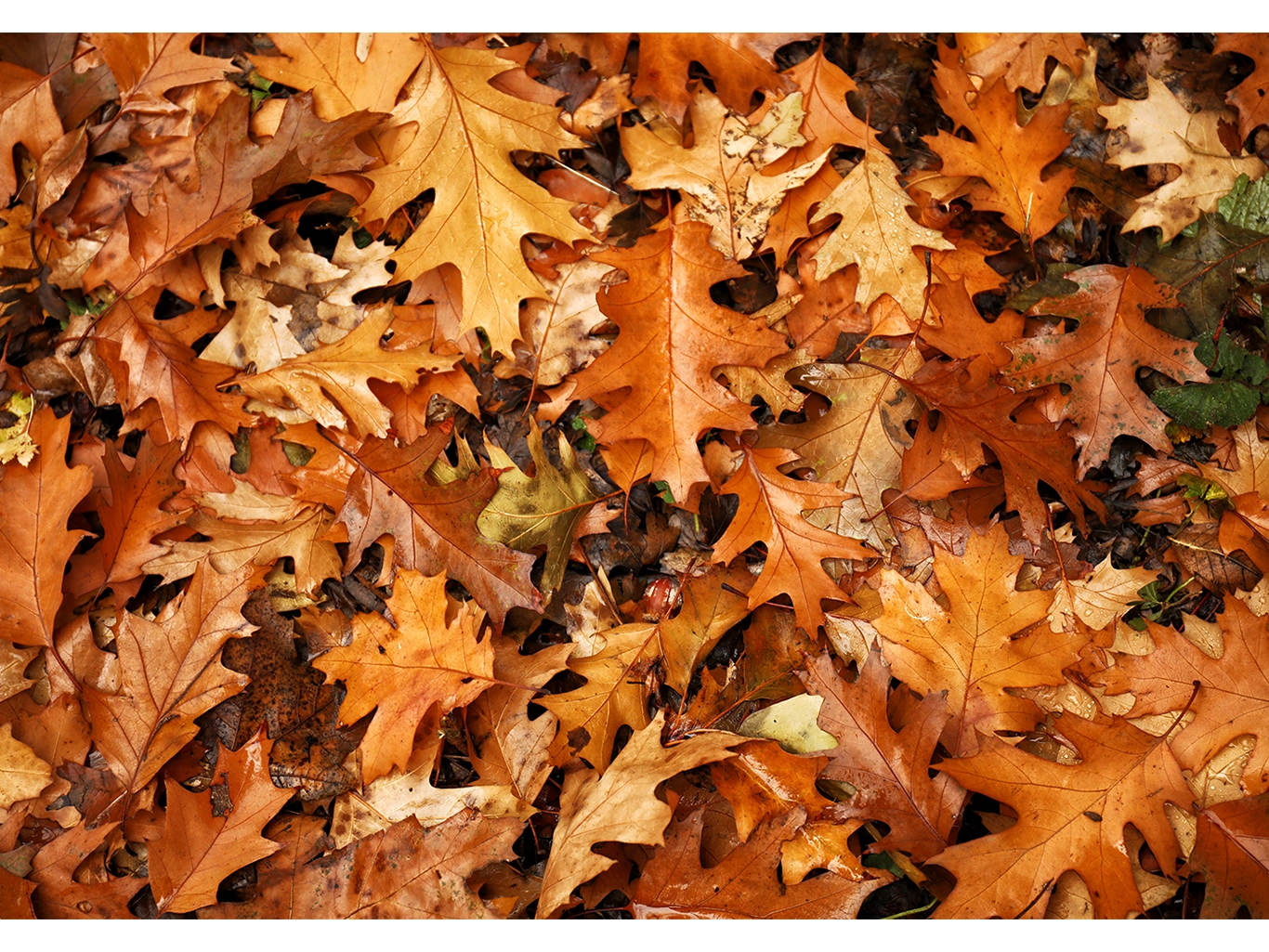


Eco-Friendly Fall Yard Care: Leave the Leaves
How Leaves Support Birds, Pollinators, and Lightning Bugs
If you are a birdwatcher, do you know how many caterpillars a parent chickadee will feed a single baby chickadee before it leaves the nest? Take a moment to guess... The answer is 1500. Approximately 1500 caterpillars are needed to raise one baby chickadee. Now multiply that number by the dozens or hundreds of birds that live just in your neighborhood. Or by the millions that live in the state. That’s a LOT of caterpillars. Where do all of those caterpillars come from? How can we ensure that there are plenty of them for the birds next spring?
If you are a gardener, how can you encourage more pollinators to visit your garden and produce more fruits and vegetables for you? Where do those pollinators come from? Have you noticed that there are fewer of them now than there were in the past?
If you like to watch the lightning bugs at night, have you noticed that there are fewer of them now than there were when you were a child? Why do you think that is? Where do lightning bugs come from, and how can we help their population increase?
The answer to all of these questions lies on the ground at your feet, in the fall leaves.
Leaves are an incredibly important part of our ecosystem. When on the ground, they create what we call a “microclimate” or a “microhabitat” - they protect animals from the bitter winter air and snow, and they provide a hiding place. Many insects rely on this microhabitat to survive the winter. Lightning bugs, moths, butterflies, and other pollinators lay their eggs on the bottom of these leaves.
The Ripple Effect: Fewer Leaves, Fewer Species
When we rake, bag, and shred leaves and send them to the landfill, we are sending all our pollinators —including lightning bugs and caterpillars that birds rely on —to the landfill with them.
This has a huge impact on us during the spring and summer. If there are no leaves, there are no lightning bugs. If there are no leaves, there are no pollinators. If there are no leaves, there are no caterpillars to feed the birds. Bagging, shredding, and burning our leaves have direct and serious impacts on humans and the world around us. Bagging, shredding, and burning leaves means fewer lightning bugs, fewer birds and bats, and even less food for us.
Simple Tips to Leave the Leaves the Right Way
Even small changes can have a big impact on local ecosystems.
- Let some leaves stay where they fall—especially under trees and shrubs.
- Create leaf piles in garden beds or corners of your yard as dedicated habitat zones.
- Avoid leaf blowers and shredders—they harm insects and remove beneficial debris.
Spread the Word: Leave the Leaves!
You can make a difference and save the environment this fall! Put on your naturalist hat and help us spread the word about leaving the leaves. Tell your neighbors they can help insects, birds, and bats this year by simply skipping their fall chores, making some hot cocoa, and watching a Hallmark movie instead!
Written by: Emily Hutto, JCG Lead Naturalist and Wildlife Care Specialist
Note for Spring
If you decide you need to clean up the leaves and debris in spring, make sure you wait until late in the season so as not to destroy all the life you've worked to protect.
Click to learn more.













